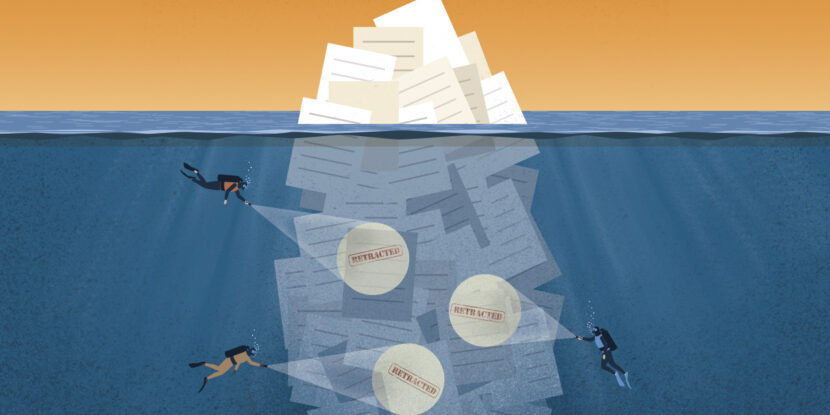The number of scientific papers retracted annually rose from just 40 in 2000 to almost 5,500 in 2022, representing a whopping 13,650% change over the past 22 years, with researchers estimating an astonishing 100,000 would have to be withdrawn every year with more thorough vetting.
Delivering a blow to the “trust the science” cheerleaders, Retraction Watch’s co-founders Ivan Oransky and Adam Marcus detail the alarming issues with modern science for the left-wing Guardian newspaper.
The surge in bogus papers is driven in part by the fact that scientists are often “required… to publish papers in order to earn and keep jobs or to be promoted,” which leads to some turning to so-called “paper mills” that “sell everything from authorships to entire manuscripts to researchers who need to publish lest they perish.”
Only around a fifth of retractions are a result of “honest error,” Oransky and Marcus note, highlighting serious misconduct cases such as that of Joachim Boldt, a German anesthesiologist whose falsified data on an ineffective blood substitute was once widely cited and led to many people being harmed.
A related issue is the so-called replication crisis. It has become increasingly apparent that the results found in many scientific papers – possibly a majority of them – cannot be reproduced by other researchers. In 2015, for example, efforts to reproduce psychology studies published in supposedly high-quality journals failed 61 out of 100 times, with similar results in 2018.
The issue is also present in the hard sciences, with efforts by the University of Virginia to reproduce five “landmark” cancer studies failing in one case and producing inconclusive results in two others – hinting that “the science” may be mostly wrong across the board.




















